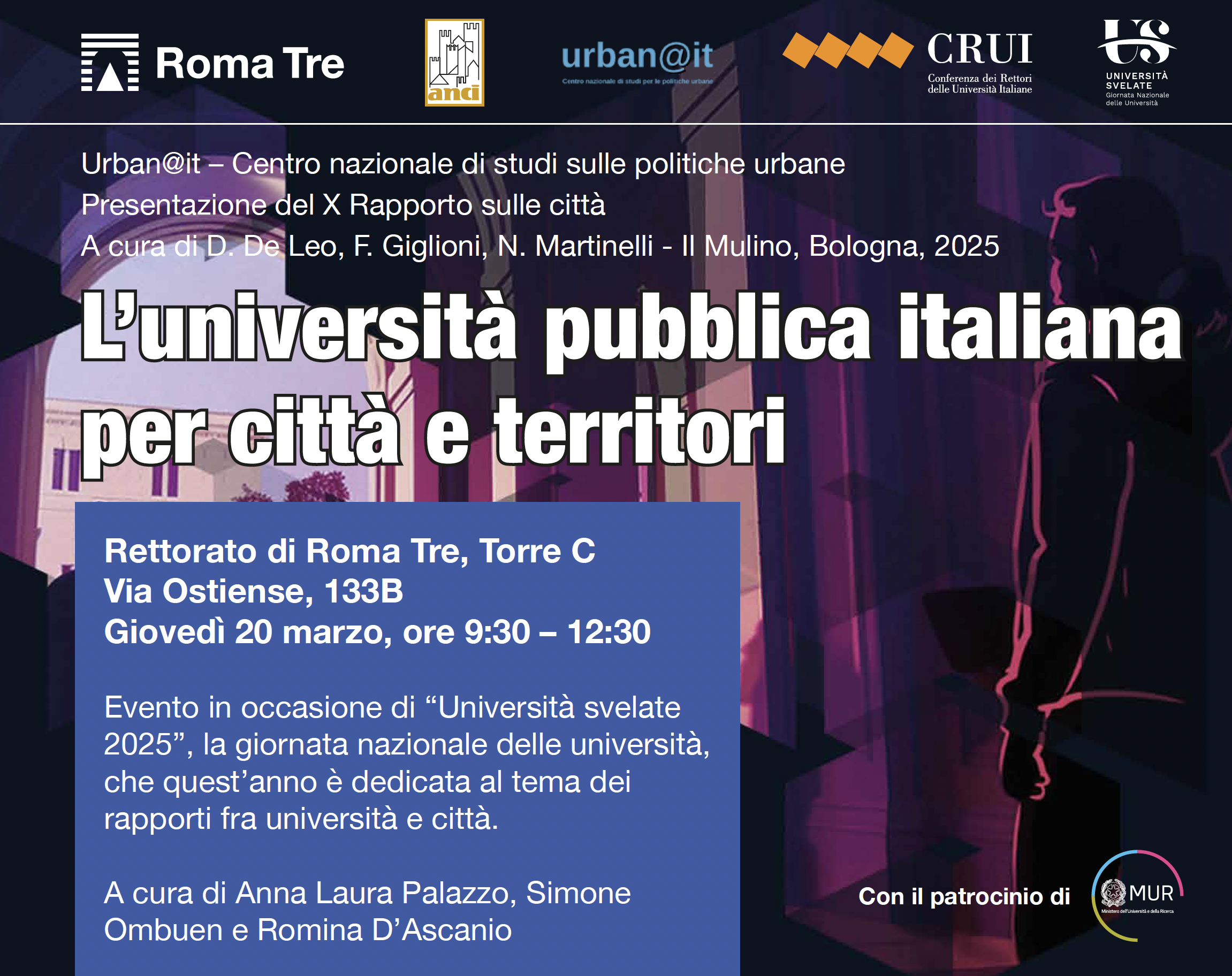Facing Climate Change

Ecological and Spatial Quality in Flood-Risk Strategies
Master Student, Landscape Architecture Master Track, Delft University of Technology (TU Delft)
A report by the IPCC made in 2013 indicated that mean sea level would rise between 0.52 m and 0.98 m by the year 2100, due to melting ice sheets and it will continue to increase. As the ice is melting the sea levels will continue to rise. If all the ice melts, then the sea level is projected to rise 70-80 m higher than it is today.
It is not a coincidence then that today deltas throughout the world are facing serious flood-risks issues. Flood-risk management strategies aim to reduce the probability and/or consequences of flooding events and try to anticipate what may occur. This is possible only by integrating spatial planning and its future prospects with the policy concerning water safety. There is a strong relationship between flood-risk management and spatial quality; new or improved flood defence infrastructures can have a significant impact on spatial quality, especially in urbanized deltas with (historical) built environments. Moreover, here is where the designer’s role is involved.
This paper aims to investigate the relationship between spatial quality and flood-risk strategy. The flood-risk management strategy should be influenced by the ecological and qualitative studies of the project’s site. If spatial and ecological quality is incorporated into the objectives of the development of flood-risk management strategies, they will significantly improve the final result of the project.
In order to discover and the understand this relationship between spatial quality and flood-risk strategy and the role of the designer in this context, the paper will analyze the project “The Hague, City by the Sea” developed by a Dutch studio “Defacto Archtiecture & Urbanism”, specialized in water-related design assignment.
In the Netherlands, coastlines play a vital role in the protection of the Dutch Delta, but due to the rising sea level, part of them needs to be reinforced. One of the segments is Scheveningen, a borough of the city The Hague.
In Scheveningen, the flood-risk reduction body is a dune and for such reason, it is designed to be wide enough to maintain its protective function, even after a storm surge and a possible erosion of it. However, the line that should shield the water – called water-shielding line – is located within the densely built center of Scheveningen. The original flexibility of the coast defence is then compromised by the buildings that were built above the dune and for this reason the reinforcement is difficult.
Scheveningen is a coastal city situated in the Hague district. It is a popular destination in the summer. The city is appreciated for its long beaches suitable for practicing different kinds of water sports and equipped with a wide range of resorts along the coasts. The city is densely populated, which makes it is difficult to carry out reinforcement works without restructuring significantly. The spatial quality of Scheveningen is also poor: there are no trees or public green spaces, many buildings are due for renovation and the partially abandoned harbour is fenced off.
Considering these premises, in 2011 Defacto, who worked together with Delta Ateliers, studied and demonstrated an integrated approach for flood-risk management and spatial quality enhancement in Scheveningen. They came up with three different flood-risk strategies: City at the Sea (1), City behind the Dunes (2) and City in the Sea (3). These three different designs were then discussed based on their spatial potential and hydraulic efficiency.
- This first project sets the basic concept of a boulevard designed on three different levels. The existing boulevard area will be raised at +14 meters NAP: the water-shielding line will be moved further towards the sea, thus creating space for housing and business district adjacent to the sea. In front of this, the second unprotected level is constructed at the heights of +7 meters NAP, which is flooded in extreme weather conditions. This platform offers recreational spots such as a tidal pool, bars, restaurants, and surf schools. The third and final level along the shoreline is a timber walkway. It provides access to the sea, and regularly floods during high tides.
Coming from The Hague, there is an open view towards the sea at the higher point of the platform: this creates a visual connection from the road to the sea that is not obstructed by the dunes, as it is today.
This project would emphasize how close the highly dense urban area is to the sea. At the same time, this construction situated within the natural surroundings of the dunes, creates a lot of erosion, therefore the sand will need to be replaced continuously under the water level.
- In this design proposal, the existing natural dunes are extended in a seaward direction; about 10 and 12 meters NAP in height. It is essential to maintain the original flexibility of the dunes: since the part of the dune closest to the sea could collapse in case of a storm. It is important that this area won’t be covered by buildings or infrastructures but remains flexible. Only temporary and seasonal structures can be positioned.
While this design limits the expansion of the city towards the sea, it offers a unique and natural landscape that reconnects to the original landscape of both the Northern and Southern coasts of Holland.
The dune located near the sea will erode, but this erosion is not negative: in fact, it will function as a sand engine, supplementing Holland’s northern beaches, following the principle of building with nature already successively experienced near Hoek van Holland. Obviously, ongoing maintenance will be necessary.
- In order to design the third strategy and solve the problem of the erosion that occurred in the first design proposal, the designer applied a general rule, given by the participating engineers. A perpendicular dam causes sedimentation along the coastal stretch of 1.5 times the length of the dam and additional erosion beyond that stretch.
The third proposal is based precisely on this principle, and the most important part of the design was finding the optimal location of the dam. After several workshops, and studies the dam was located between Scheveningen village and Scheveningen beach, dividing the seaside into two parts one more touristic and one more for the local inhabitants. Furthermore, the dam gives the possibility to extend the tramline to the end of the dam, bringing the tourist on the beach.
Initially, a significant supplementation of sand will be needed in order to extend the beach to its maximal volume, but the dam will protect the sand from erosion and less maintenance will be necessary, compared to the two other proposals.
Defacto developed an integrated research-by-design study in order to develop a valuable and functional solution for flood defences within a complicated spatial assignment such as the city of Scheveningen.
They created three different design options and, although they used a similar concept in order to achieve the proposed goals – the improvement of the accessibility, vitality, ecological and spatial quality and the identity of the city – the three interventions show very different solutions that give a coherent and homogeneous identity to the place.
Scheveningen is made up of three central identities: Scheveningen harbour, Scheveningen village and Scheveningen resort. In each design proposal, a new seaward city extension is used to connect these three parts of the town. The extension offers space for a new economic function and brings a new metropolitan identity to Scheveningen’s seaside.
If one could say that Scheveningen is now a village by the sea, thanks to these three interventions, Scheveningen would develop itself in a mixed-use urban sub-center of the Hague.
Flood-risk protection study cannot be isolated from the future development of the area, in order to maintain Scheveningen, high-quality identity, an integrated approach is needed.
Considering this project, it becomes clear the role of landscape architect in these issues as they can and should develop an integrated approach by combining flood-risk management strategy with ecological and spatial quality. The ability to assess the impact of different interventions on spatial quality is essential.
It is pivotal for flood-risk management interventions, and environmental and spatial quality are influential to one another. The link seems quite evident but given the fact that many different interests are involved does not make it easy. Different flood-risk management interventions have a different spatial claim and therefore ask for different solutions. A designer is capable of applying all kinds of principles in order to defend the land but never without considering spatial and environmental aspects.
The criterion of adding or save spatial quality in the context of flood-risk must become a norm and needs to start during the initial phases of the project. Discussing more than one alternative helps to look more integral, taking spatial quality and environmental issues into consideration. This would certainly imply a pivotal position for the designer within the development of flood-risk management strategy.
 In order to do so, the spatial impact assessment of different flood-risk management interventions should be included in an earlier stage of the research on a protection strategy.
In order to do so, the spatial impact assessment of different flood-risk management interventions should be included in an earlier stage of the research on a protection strategy.
Designers should be involved at the beginning of the process to provide feedback concerning the territory’s spatial quality before technical choices are made. In this way designers would be able to create a project that is technically approved and safe but, at the same time, that ponders the future spatial development of the environment without contaminating its intrinsic qualities.
References
Baca Architects, Bre, Firm consulting, Halcrow group Ltd, Cyril Sweett & LDA design (2009) The Life Project: Long-term initiatives for flood-risk environments. (Bracknell: IhS BRE Press).
Delta Committee (2008) Working Together with Water, A Living Land Builds for its Future: Findings of the Delta Committee 2008. (The Hague: Delta Committee).
Delta Programme (2011) Rhine Meuse Delta: Opportunities for the current flood-risk management strategy in 2100.
Hall J.W., Dawson R.J., Sayers P.B., Rosu C., Chatterton J.B., Deakin R. (2003) A methodology for national scale flood-risk assessment. Water and Maritime Engineering 156(3), 235–247.
Meyer, H., Bobbink, I. & Nijhuis, S. (2010) Delta Urbanism. The Netherlands , American Planning Association.
Nillesen A.L. (2013) Water-safety strategies and local-scale spatial quality. Municipal Engineer 166:16–23.
Nillesen, A.L. (2014) Improving the allocation of flood-risk interventions from a spatial quality perspective. Journal of Landscape Architecture, 9/1: 20-31.
Tjallingii, S. (1996) Ecological Conditions; Strategies and Structures in Environmental Planning. (Wageningen: Wageningen University Press).
Images
Cover image: Camilla Di Nicola, Flooding, 2019.
Fig.1: Courtesy of Defacto, City at the Sea: Hard Seaward Extension, 2011.
Fig.2: Courtesy of Defacto, City behind the Dunes: Seaward Dune Extension, 2011.
Fig.3: Courtesy of Defacto, City in the Sea: Perpendicular Dam, 2011









